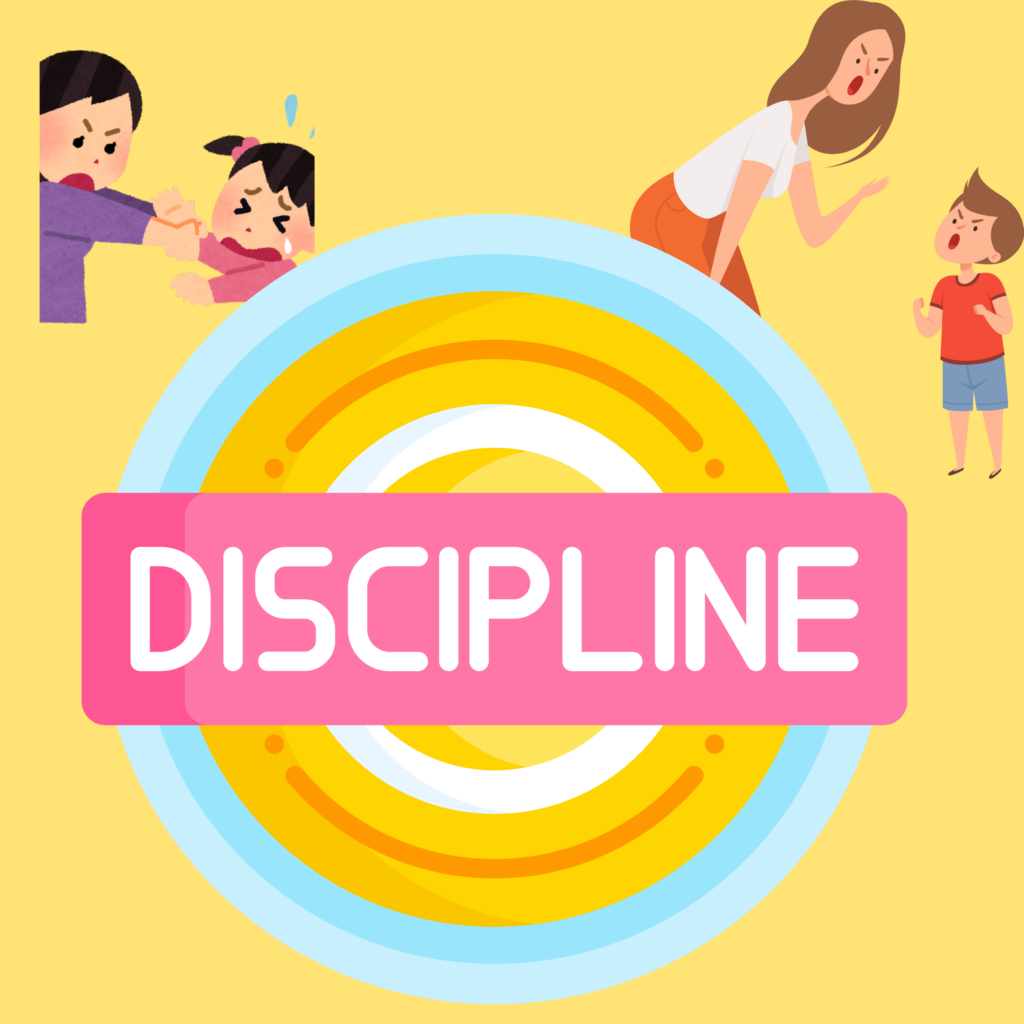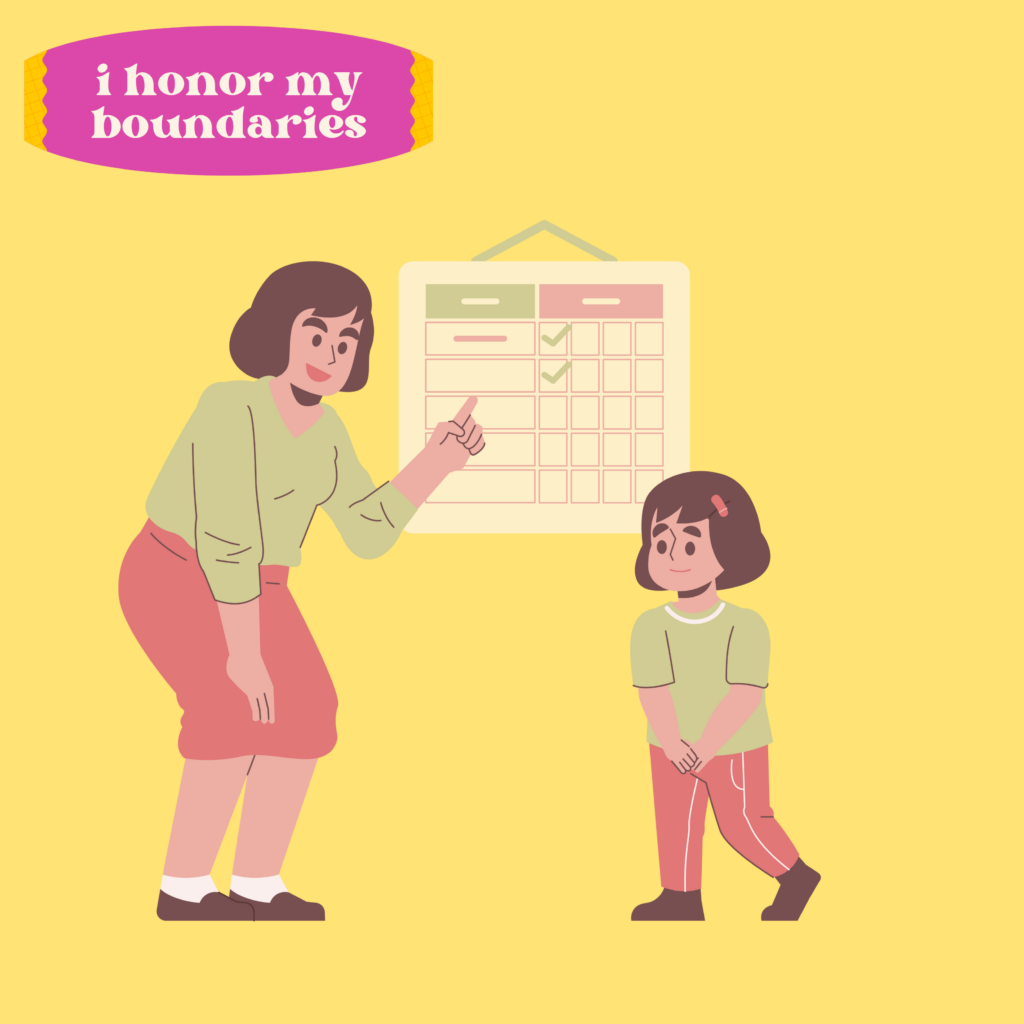
I promised myself one thing about discipline—here’s why it’s changed everything. Today, I want to share something very close to my heart: the art of gentle discipline for toddlers. True discipline isn’t about punishment; it’s about nurturing and guiding our little ones with patience, love, and respect. Disciplining a child is essential, and as I homeschool my daughter, it’s a fundamental part of our journey together.
Personal Story and Importance of Patience

Its normal for Mothers to feel overwhelmed and frustrated due to the burden of responsibility on their shoulders. i can understand. There were times I raised my voice but I quickly noticed how it impacted my daughter. She was loud in response as well and it literally broke my heart to realize my frustration was affecting her behavior. That was a turning point for me. I promised myself to only deal with her through respect and love. There is an important saying “ what goes around comes around.” Our children are learning from us every moment, and I didn’t want my frustrations to shape her experience. These colorful pills always help me to stand my words.
Here are the ways i use to discipline my daughter.
Setting Clear Boundaries and Consistency

Setting clear, consistent boundaries with love and respect is a powerful approach to managing toddler behavior, as it provides both structure and security. Toddlers are still developing their understanding of the world, and they often test limits as part of their growth and learning process. By establishing boundaries in a calm, consistent, and respectful manner, you create an environment where they feel safe and know what to expect.
1. Clarity in Communication:
Toddlers are still refining their ability to process language and understand abstract concepts. Using short, clear phrases helps them grasp what is expected of them more easily. For example, instead of saying, “Please don’t touch that, you might hurt yourself, and it’s not for you,” you could say, “No touch.” This eliminates any ambiguity and makes it easier for the child to understand and respond.
2. Tone Matters:
The way you deliver a message is just as important as the words you use. A calm, steady tone is reassuring to a toddler. They are more likely to listen and comply when they feel the message is coming from a place of care, rather than frustration or anger. Yelling or using an agitated tone can overwhelm them and may lead to confusion or resistance, making it harder for them to understand your expectations.
3. Repetition for Understanding:
Consistency is vital in helping toddlers understand boundaries. Repetition allows them to begin internalizing the rules and expectations you set. They may not grasp something the first time you explain it, so repeating it—while maintaining the same calm tone—reinforces the lesson. This doesn’t just apply to the verbal communication but also to how you respond behaviorally. For instance, if a child repeatedly tries to touch something off-limits, calmly guiding their hand away and saying “No touch” consistently reinforces the boundary.
4. Patience and Emotional Support:
Toddlers are still learning how to manage their emotions, and testing boundaries is part of that developmental process. This is where patience comes in—understanding that tantrums or defiance are part of the learning curve. Maintaining a loving demeanor when enforcing boundaries, even when a toddler becomes upset, shows that you are there to guide them, not punish them. Over time, this helps build trust and encourages better emotional regulation.
5. Modeling Respect:
By showing respect to the toddler in the way you set boundaries—using calm language, giving them a choice where appropriate, and explaining things in a way they can understand—you teach them to model that same respect for others. They learn not just the “what” of boundaries, but the “how” and “why.” For example, “It’s time to go to bed now, sweetie. We can read one book, and then it’s bedtime” demonstrates respect for their needs while maintaining a clear boundary.
6. Avoiding Power Struggles:
By keeping boundaries clear, you reduce the chances of power struggles. Toddlers may resist or try to negotiate if they feel unsure about the rule. But if they clearly understand the boundary, there’s less room for confusion. Instead of getting caught up in an argument, you can calmly reinforce the boundary, allowing them to understand that the rule isn’t negotiable. It’s also important to be mindful of your own emotional state—staying calm will prevent escalating situations.
7. The Importance of Love:
Love plays an essential role in how boundaries are received. When toddlers feel loved and understood, they are more likely to trust the boundaries you set and feel less threatened by them. If boundaries are enforced with an underlying sense of care and warmth, children are more likely to accept them and adjust their behavior accordingly. It’s about balance—firmness with affection.
In sum, setting clear and consistent boundaries is a critical tool in guiding toddlers, but it’s the calm, patient, and loving way in which these boundaries are communicated that truly helps children feel safe, loved, and understood. It also teaches them valuable lessons about respect, self-control, and the importance of boundaries in their relationships with others.
Redirection and Offering Choices

Instead of saying ‘no’ all the time, I like to use redirection. If she’s doing something I’d rather she didn’t, I guide her to a more appropriate option. Giving choices also empowers her. I always gives her appropriate options to select. It lets her feel respected and involved.
Gentle Approach to Handling Screen Time
I try to limit screen time, so I don’t give her my phone and avoid using it in front of her. But sometimes, she does get hold of it. Instead of snatching or scolding, I gently ask her to give it back. Sometimes she does, and other times I redirect her to something else. The goal isn’t just to take the phone back, but to keep that respect and connection intact.
Teaching Respect Through Involvement and Collaboration
I also involve her in small tasks. If she makes a mess, we clean it up together. I ask for her help politely, and treat her with the respect I hope she’ll show others. I ask others around us to treat her respectfully as well. When children are shown love and respect, they naturally learn to treat others the same way.
Managing Big Emotions with Time-Ins
When my daughter started to walk and talk, I began researching ways to guide her behavior. I wanted her to grow up with good manners, so I looked into different discipline techniques and came across the popular ‘time-out’ method. At first, I thought it might work for us, but when the time came, I realized it wasn’t right for her. She needed gentle guidance filled with love and respect. Instead of isolating her, I chose to use ‘time-in’ techniques, staying close to support her through her emotions. Toddlers go through big emotions, and sometimes they don’t know how to handle them. Instead of a time-out, time-in approach is the best.
Reinforcing Positive Behavior and Closing

Finally, i always observe and praise her positive behavior. If she’s gentle and respectful, I let her know how much I appreciate it. Positive reinforcement builds children confidence and encourages them.
So in a nutshell, Disciplining a toddler is about teaching, guiding, and modeling the behaviors we want them to learn. By choosing love, respect, and patience, we’re setting them up for a lifetime of kindness and understanding.